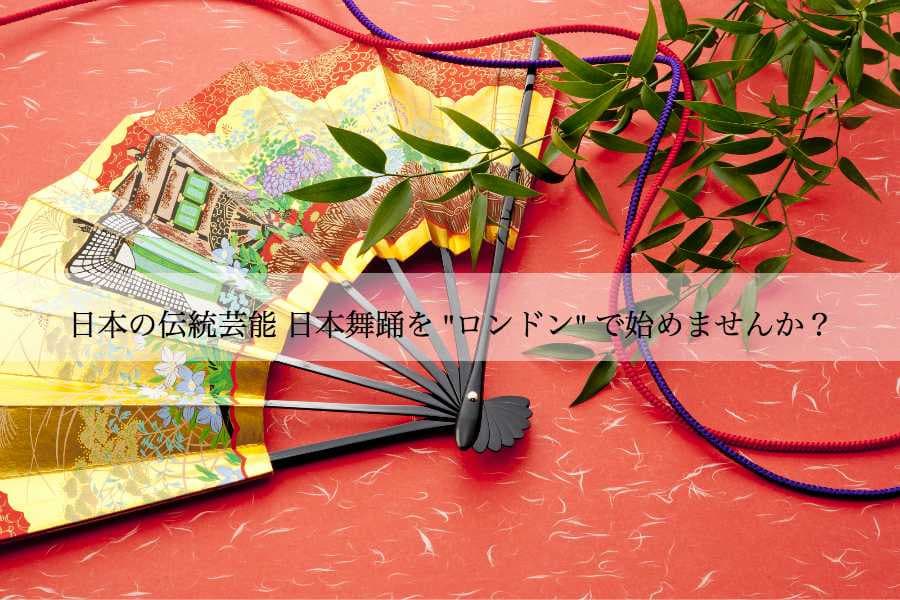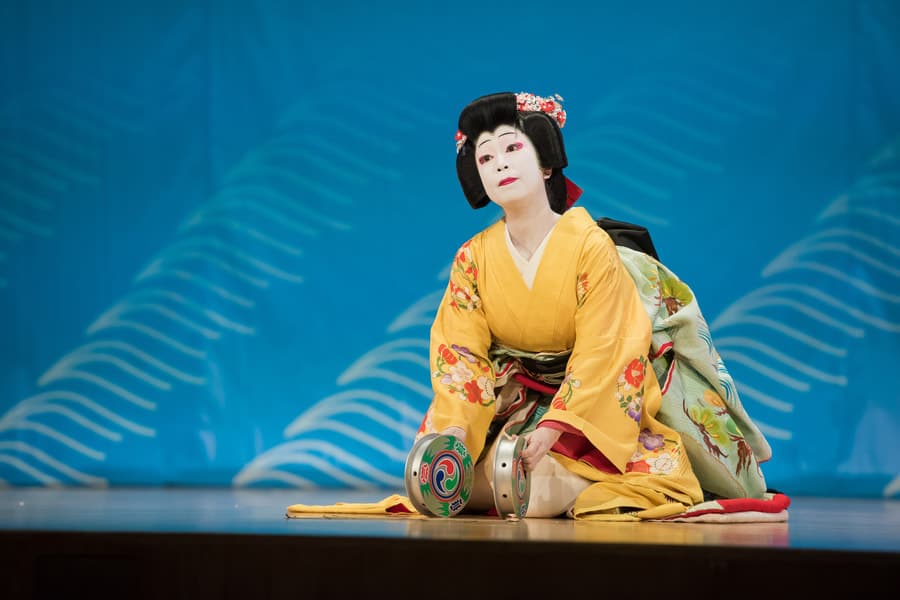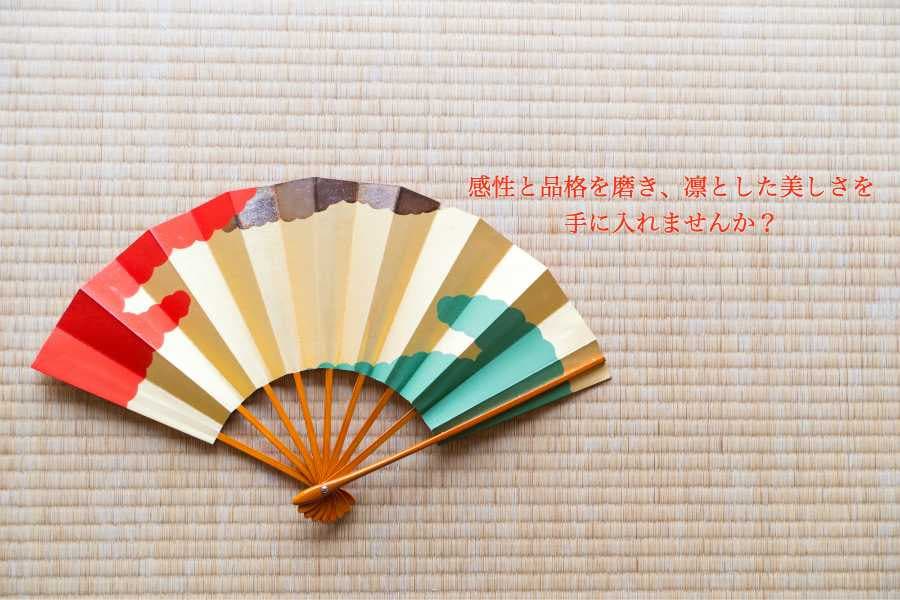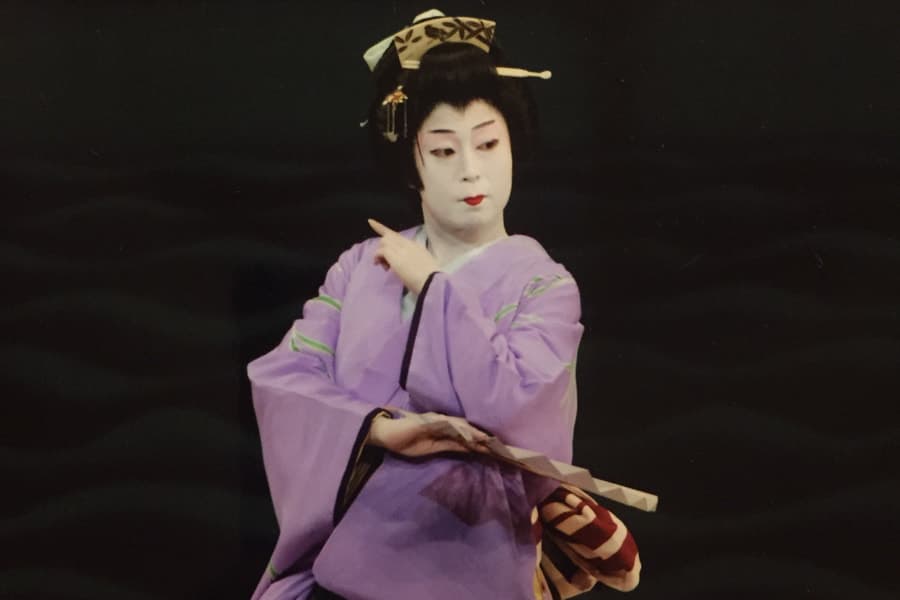
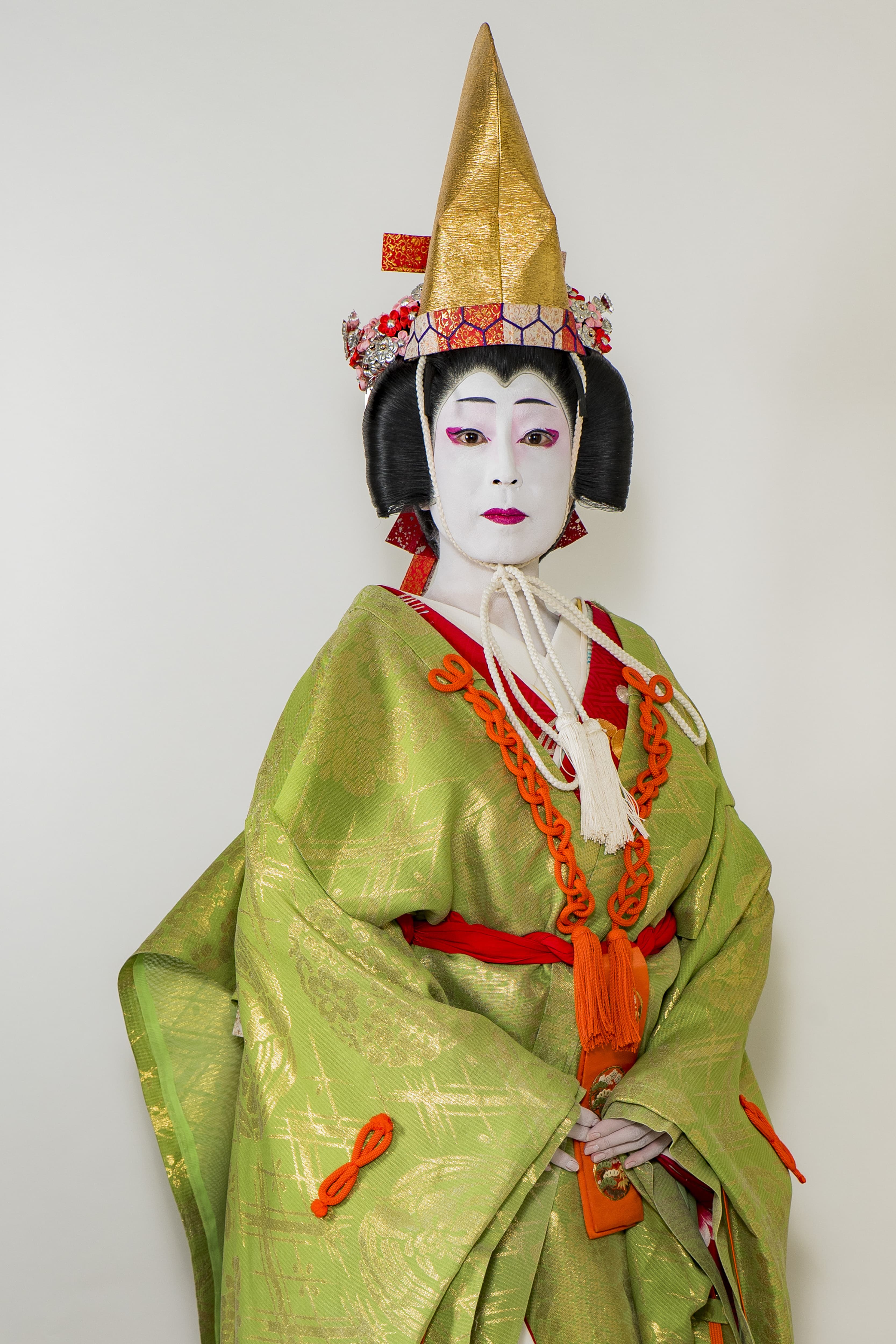
|
If at least one of the below applies to you, please do not hesitate to contact us!
□ Because I am away from Japan, I want to have Japanese hobby in London □ I would like to talk about Japanese traditional arts to non-Japanese friends □ I want to be able to put on a kimono by myself □ I want to become a lady with graceful manners □ I want an exercise that I can enjoy at my own pace □ I am interested in Japanese dance
The practice of Japanese dance is usually a private lesson, and so I will teach according to the level of the student.
Kayono-no Kai promises three F's.
1.Friendly (The classroom is very friendly atmosphere)
2.Flexible (It is private lesson, and you can flexibly make a booking)
3.Fun (You will enjoy wonderful time unlike your daily routine and encounter your hidden sensitivity)
Trial Lesson - 1 hour × 3 times (Total £60) Contents: 1) How to wear Yukata 2) Basic movements - Greeting, standing/sitting, walking 3) How to use Fan 4) Short dance
Normal Lesson - 1 hour × 4 times (£100 per month) In case you miss a lesson/lessons, you can adjust in following month.
We wear Yukata for the lesson. If you do not have a yukata you can rent it.
|

Q. I do not have Yukata, is it OK?
No worries, you can rent a Yukata and accessories.
Q.I cannot wear a Yukata even if I rent it…
We practice how to wear Yukata for a first few lessons. You will soon be able to put it on by yourself.
Q.I have never learnt Japanese dancing before. Will it become possible to learn to dance? How long does it take?
If you practice, you will definitely be able to dance.
We start the practice from short songs in which basic movements appear repeatedly. It is important to cultivate the foundation by practicing short songs.
It is difficult to say “how long” because there are individual differences, but it can be divided into the following five stages as a stage to finish one work.
- Learn the song
- Learn the choreography
- Make it possible to dance all by yourself
- Understand the meaning of the choreography and lyrics and fix the movements
- Repeat, practice and make it your own dance
The beginner classes usually cover stages 1 – 3. For stages 4 - 5, I myself put considerable time and passion when practicing, so for beginners I think that the goal is to be able to enjoy the stage 1 to 3 first.
Q.I am not good at exercising. Is Japanese dance hard?
I do not think “good at sports” is the same as “good at Japanese dancing”. However, although it is different from a marathon or a short distance race, we need some muscle strength / strength. It is like a swan in the lake, which looks very relaxed but desperately moving his legs under the water!! For this reason, your legs, core muscle and back muscles are trained, and you can learn beautiful posture graceful manners.
Q.Can you practice in English?
Yes. It is possible.
Q.How about practicing for children?
It is possible from the age of 6 years old.
Q.Is there a chance to perform in public?
I just started the school so I cannot immediately call a performance in public, but I'm planning to organize a small private one first. Performing in front of others is very effective for students to enhance their dance technique.
Q.What is the difference between other dance styles and Japanese dance?
Although it is not easy to explain, for example, the ballet behaves contrary to the gravity and it movement is quite dramatic. In comparison with the ballet, Japanese dance is somewhat lower position and sliding feet. This is said to be due to the root of agricultural folk. For this reason, in the world of Japanese dance there are many dancers who are active even if they are senior age. Also, rather than appealing the beauty to the audience like the western style dance, I think there is an introverted aesthetic sense that brings out the inner beauty.
Q.Why did you decide to learn Japanese dance? What was the trigger?
I started learning Nihon Buyo when I was 28 years old. At that time, I was working hard and wanted to have something different, like a traditional Japanese hobby, apart from my daily routine. I had learned ballet, creative dance, jazz dance, etc, and I really liked dancing, so I quickly decided to learn Nihon Buyo. Once it started, there was a sophisticated but relaxed atmosphere which I have never experienced before, and I was completely fascinated and began to attend practice regularly.
Q.What do you mean by expressing the goodness of Japanese dance in a word?
Although it is difficult to say a word, Wakayagi Ryu’s Grand Master told me, "Dancing reflects your personality. Do right in your daily life, and brush up your sensitivity". At that time, I felt like I understood why Nihon Buyo attracts me so much. It is Japanese dance that you can "refine sensitivity and dignity and express true 'beauty'”.

Contact: Kayono
Phone:07397-939449
E Mail:kayononokai@gmail.com
Lesson Studio: About 7 minutes by walk from the Highgate station of Northern Line.
(We will tell the details of address directly to the person who contact us.)






